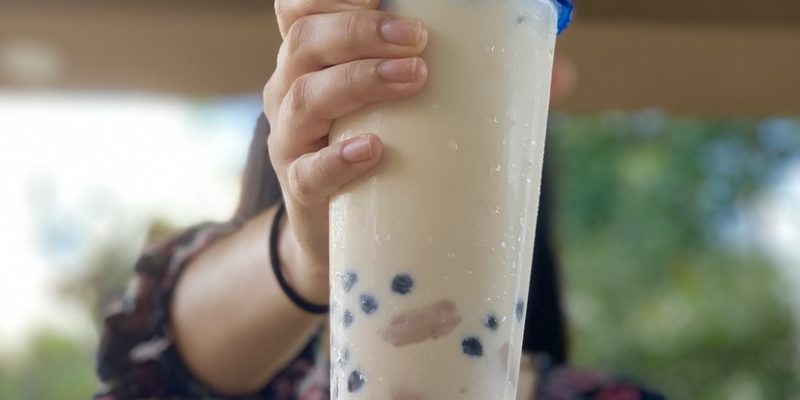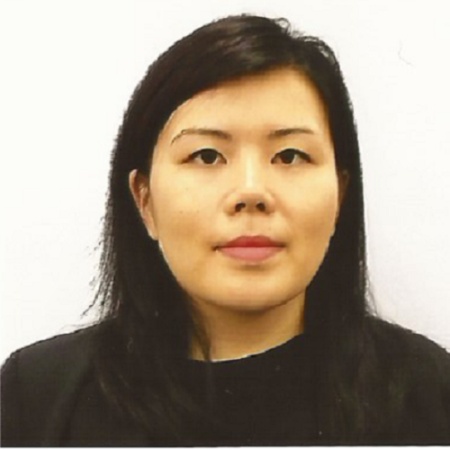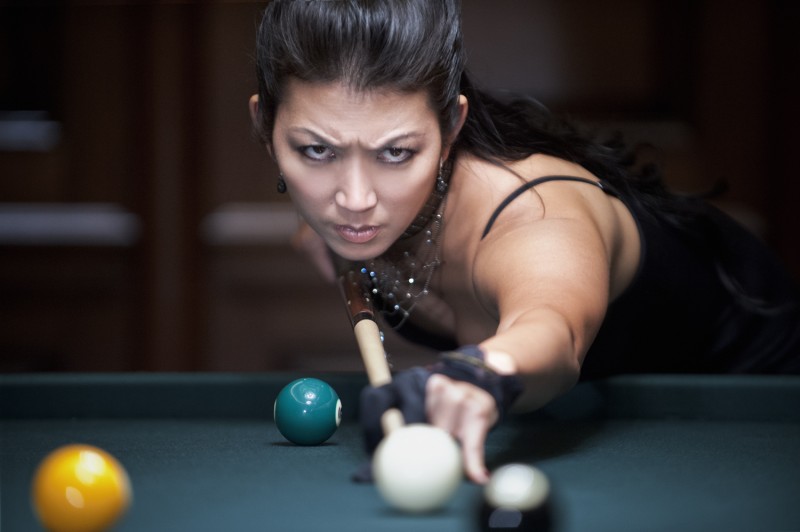
Examining the rise of bubble tea and its significance to Asian population and culture.
A cup with light brown liquid, black pearls sunk to the bottom, and a thick straw. As the liquid enters your mouth, the mix of milk and tea flavor takes over your taste buds. Then, soft pearls will accompany the liquid, driving you to chew. The sweet, chewy pearls give distinctive textures to your drinking experience. That is bubble tea.
This simple and sweet Taiwanese drink with chewy tapioca pearls has reached the hearts of many worldwide. However, bubble tea is more than just a delicious treat. To the Asian population, bubble tea is a symbol of cultural identity and even a national icon for some countries.
“It is very [common] to see people on the streets holding a cup of bubble tea in their hands in summer,” said Samantha Lee, a university student in Hong Kong. Lee explained that bubble tea is generally more popular in the summer, but because it can also be served hot, she sees people drinking bubble tea during the cooler months as well.
“I love drinking bubble tea because of the uniqueness of the taste. It is very different from what I get in Chachaantengs (local restaurants in Hong Kong) where I often visit,” Lee said.
“I like drinking because the texture [of bubble tea] is unique,” said Kano Onuki, a university student in Japan. “It’s a drink but it’s also kind of a dessert – so sort of like a treat.”
Interestingly, the invention of this popular drink remains a mystery. However, many would agree that bubble tea came from Taipei, the capital of Taiwan.
Many people and regions try to take credit for the invention of bubble tea. Though still highly debated, the Chun Shui Tang tea room in Taichung, a popular tearoom founded in 1983, is regarded as the originator of the drink by most people. Tearooms are places that offer tea and light refreshments to customers. They are popular for small social gatherings where people can chat and relax.
Liu Han-Chieh, the founder of Chun Shui Tang tea room, was an experimenter. He was inspired after seeing tea served cold in Japan and wanted to bring the concept into his own tea room. The cold tea became an instant hit. Han-Chieh changed the Taiwanese culture of tea drinking of his time.
Han-Chieh was the pioneer of the cold tea drinking phenomenon in Taiwan, but he was not responsible for the idea of putting tapioca pearls in bubble teas.
Lin Hsui-hui was documented to be the creator of the concept. She was competing in a staff competition started by her boss, Han-Chieh. Hsui-hui enjoyed eating the traditional Taiwanese dessert called feng yuan (tapioca balls), and randomly tested out adding it to cold milk tea and lemon black tea. Needless to say, people loved it.
However, claiming the invention of bubble tea proved to be difficult. Others argue that Tu Tsung Ho, the founder of Hanlin Tea Room, insisted that he was the first to put tapioca balls in milk tea after he bought white-colored tapioca balls at a night market. The two tea rooms were involved in tense disputes, ending up in court.
Ultimately, neither of them two managed to patent their product. Even though the two tea rooms had conflicts with each other, both showed tremendous passion in innovating and changing the bubble tea culture in Taiwan. Their passions are reflected in the bubble tea culture today as more people attempt to make their way in the bubble tea business by diversifying their products and stores.
Today there are numerous unique bubble tea stores all over the world.
Gongcha, Chatime, and Kung Fu Tea are some of the large bubble tea chains that have been established worldwide. However, the competition is getting more intense as the demand for bubble tea keeps rising.
“When [bubble tea] shops are newly opened, people in Hong Kong often line up to get just one cup of bubble tea,” Lee said. She mentioned that she had waited for 30 to 45 minutes when a very well-known chain named “The Alley” was first opened.
Many young entrepreneurs and innovative businesses are stepping up their game. In Asia, most bubble tea stores only offer takeout. Nowadays, bubble tea stores are transforming into comfortable sit-down lounges and study spots, reminiscent of coffee shops. Bubble tea stores are constantly adding standout features to distinguish themselves from other competitors.
“Different shops are famous for different things. Some are famous for tea, some are famous for bubbles, and some are famous for fruit tea or other creative items,” said Helena Lee, a Taiwanese university student.
Sarah Chen is the owner of Tea Moment, a bubble tea store in Gainesville, Florida.
Chen said bubble tea is very popular in America right now. “There are different brands, different flavors and different looking drinks. Most people are trying to know what is popular,” Chen said.
In Gainesville, there are more than five unique bubble tea stores in the area. In fact, there is another bubble tea store which is located on the exact same street as Tea Moment.
“I think what we differ the most [from other stores] is the ingredients, because we only use tea leaves and they are of nice quality,” Chen said.
To a lot of people, bubble tea is not merely a leisure drink or a business opportunity, but also an icon, a symbol of cultural identity.
Samantha Lee believes that bubble tea is part of the culture for some Asian countries. “Bubble tea is a specialty of Asians because they are getting more popular in a lot of Asian countries like Korea and Malaysia,” she said.
Helena Lee believes that even though bubble tea is not a part of traditional Taiwanese culture, it is considered to be a national symbol of Taiwan nowadays because it is widely known and accepted globally.
“Bubble tea is part of the Taiwanese daily lives, like a necessity. It became significant [to the Taiwanese population] when it gained international attention. Many people do not really know about Taiwan, but they like bubble tea and some people became interested in Taiwanese culture because of bubble tea,” said Lee.
She also finds it interesting and is happy that people’s awareness of Taiwan was raised because of the spread of bubble tea. She encourages people to try the different styles and find their favourite beverage.
At the end of the day, bubble tea holds different meanings to the lives of different people, ranging from being a sweet treat to a business opportunity to a national symbol. Bubble tea drives competition, creativity, and most importantly, happiness. So, if you have never tried bubble tea, you should go and try now!
Featured photo courtesy of UF Photographer Tejasvi Dudipalla.






